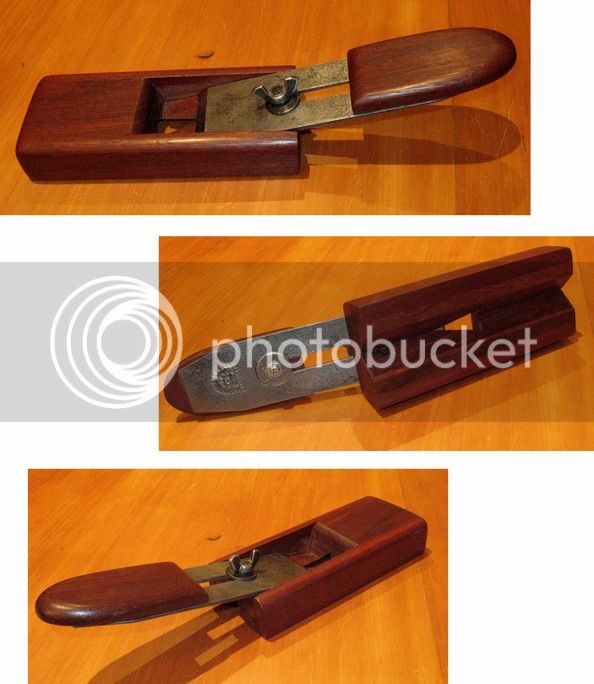Alf
Established Member
Why not? Just needs more camber than bevel down to compensate for the lower bedding angle. On the plus side, it's very easy to get the slightest camber for smoothing.engineer one":2l8hkp7j said:actually, good point, should you have a cambered blade on a bevel up plane, except at the very corners to relieve them??? :roll:
Cheers, Alf

































